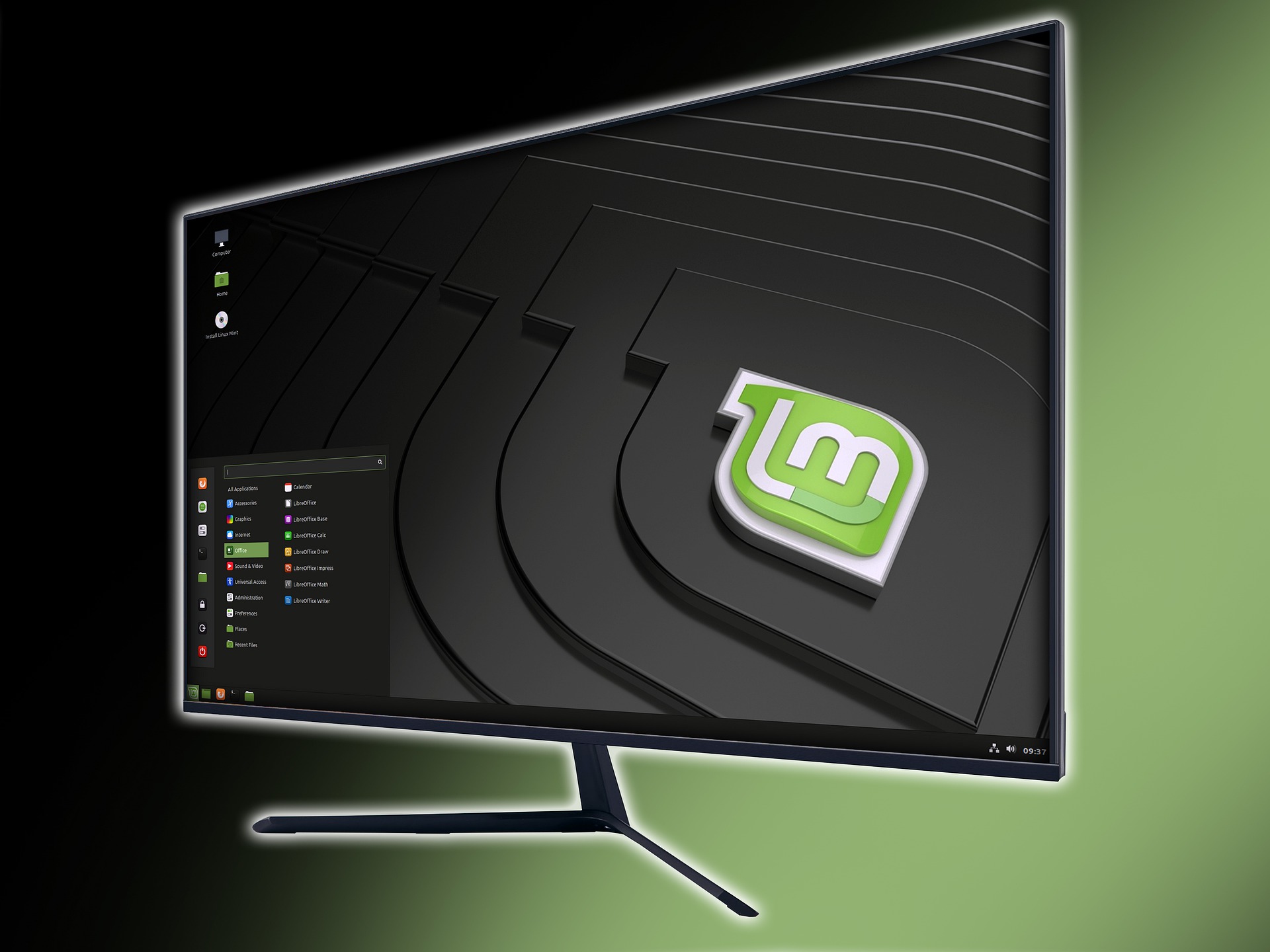If you have just started exploring the world of computer science on a deeper level, you might still not be well acquainted with Unix or Linux and, definitely, not be aware of the differences between them. In order to understand what exactly they are and what their role is the modern world, we should dig into some history of operating systems which goes back even to 1960s. Let’s explore together the raise of the Unix popularity and the evolvement of Linux.
What exactly is Unix?
In case you have just started gathering information about operating systems different from Windows, you might be somewhat confused by somewhat similar names of Linux and Unix. Here you can find what Unix really is.
Initially, Unix was an operating system developed by AT&T. So, we can call Unix an operating system. Yet, you should be aware if the fact, today UNIX is a trademark. Its owner is the Open Group. Furthermore, Unix is also an entire series of operating systems.
Furthermore, you can even call Unix a philosophy, especially referring to the programmes. The approach for designing Unix programmes is based on giving them one particular function rather than trying to create complex multifunctional ones. This simplicity is essential for robust performance of the Unix programmes which are creating a line of inputs and outputs for further Unix programmes.
The Unix operating systems today are available in both free and commercial versions.
What exactly is Linux?
The simplest way to define Linux is calling it a Unix-like operating system, however, in the reality the situation with Linux is far more complex.
Actually, Linux is not a complete operating system as we might know them. It is more a kernel which is only a part of an operating system. The functions of this part are connection with the hardware and core computing. Still, this doesn’t make the utilities using such a kernel less important.
You can also see Linux as a part of a term GNU/Linux. GNU actually means “GNU’s Not Unix”. Such type of a system is free from any original code of Unix, however, it will provide you with all the utilities created for the original Unix operating system.
As you can imagine, this makes an essential difference between Linux and Unix.
A bit history of Unix and Linux
The history of Unix and Linux is also quite complex since even the Linux predecessor wasn’t created entirely by its developers, Dennis Ritchie and Ken Thompson. These engineers of Bell Labs were heavily inspired by the Multics operating system and took some essential concepts from this OS and then rewrote with the use of the C language.
Initially Unix was entirely commercial with the AT&T licence, yet, with time, there were more other commercial distributions of this operating system. The first one was BSD or Berkeley Software Distribution. Other well-known examples were AIX created by IBM and Solaris created by Sun.
Not only full Unix-based distributions were created but also Unix-like versions including MINIX which was created as an operating system for academic usage. This Unix-like distribution made other developers inspired to improve some of its limitations which lead to the start of the GNU project of Richard Stallman in 1983 who was working on the replacement of the utilities used by Unix. At the same time, Linus Torvalds from Helsinki was using his kernel with the GNU utilities.
The peak of the popularity of Linux started in the mid 1990s due to its appealing GNU set of tools as well as free design. This created serious advantages for Linux over Unix even though the letter was still used for creating further improved version of an operating system.
Unix today
Today the nature of Unix somewhat changed and you will find a plenty of free versions of this operating system as well. Many of them are also featured by a great functionality just like Linux. Some of the most popular ones were designed on the basis of the BSD system. They include OpenBSD and Free BSD.
A Unix-like operating system is also a foundation for Apple devices no matter which one it is. Apple Watch, MacBook, iPhone – all of them are using the Unix basis. Of course, it might be difficult to imagine it while using some of the Apple devices, however, working with a MacBook will let you to access the Mac Terminal application which will direct you to powerful Unix programmes.
Linux on the modern market
Linux is a way more widespread than Unix, however, you also won’t be able to distinguish it most of the times. For instance, Android which is regarded as the most widespread operating system for mobile devices is actually a Linux fork.
The majority of the servers are using the distributions of Linux, thus, the modern Internet relies heavily on it.
Interestingly, today, you can even use a special Windows Subsystem for Linux which will allow you to use the Linux utilities with Windows.

